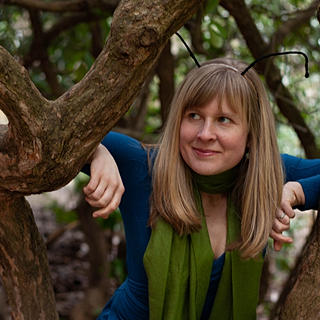Outing #3: Does that Start with Vulture or Viper?
- Kyrie Kellett
- Mar 18, 2020
- 2 min read
The British Museum, London, UK

EXPLORE
My crew of virtual explorers—aka The Adventure Whales, they've decided—have been really excited about ancient cultures. So, we decided today would take us to the British Museum in London. The Brits collected (or as some of the kids pointed out, took) cultural objects from every inch of the planet, and it’s impressive to see them all in one place. We focused on how cultures learn, share, and take from one another, even when they are separated by distance and time.
To share our adventure, start by traveling through their collection, time, and space with the museum’s interactive Museum of the World .
One of the most famous objects at the British Museum is the Rosetta Stone. This stone includes the same passage written in Egyptian heiroglyphs, Egyptian demotic (common language), and ancient Greek. This stone illustrates the cultural exchange happening when it was written 196 BCE and tells the story of how more modern cultures figured out how to read ancient Egyptian texts. It also makes for some fun activities!
Learn more about the Rosetta Stone by watching this short Khan Academy video. The British Museum media team also made an interesting Young Explorers video on a related topic—the history of writing.
DISCUSS
What objects capture your curiosity? Why? Where are they from?
If the objects were made by people, who made them? Why?
How are objects from different times and places similar? How are they different?
What ancient language would you want to learn to read?
DO
Visit the Penn Museum’s Write Like an Egyptian website to transliterate your name into Egyptian hieroglyphs.
If you want a bigger challenge, pretend you have to decipher the meaning of the hieroglyphs using only the website to compare English words to the matching hieroglyphs. Run different names and words through the website. Create a chart to track which hieroglyph matches each letter or sound.
Once you figure out the relationship between letters in English to Egyptian hieroglyphs, use your chart to write coded hieroglyphic messages. If you’re doing this with friends by video conference, draw your messages on a small whiteboard or piece of paper. Then, hold it up to your computer/tablet camera for friends to guess what it says.
You can find a complete chart of hieroglyphs (page 30) and other great archaeology related activities in this teachers’ guide from the Children’s Museum of Indianapolis.
SHARE
Post your favorite objects from the British Museum or other thoughts in the comments below, via Facebook, or by email!
























Comments